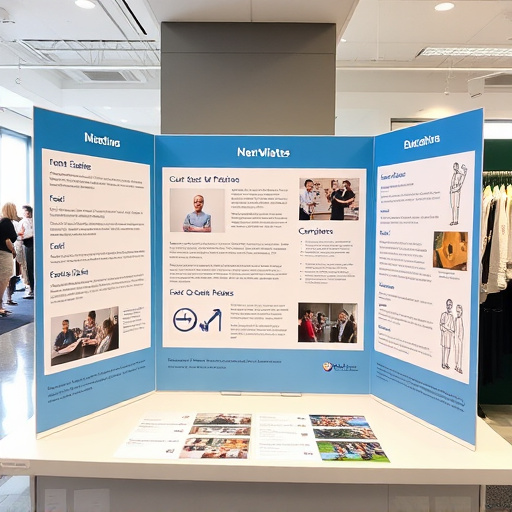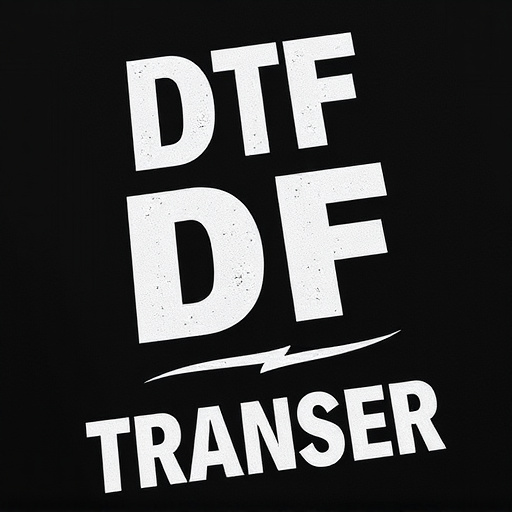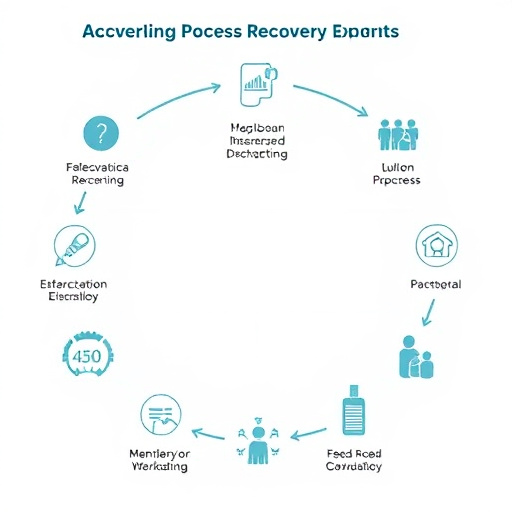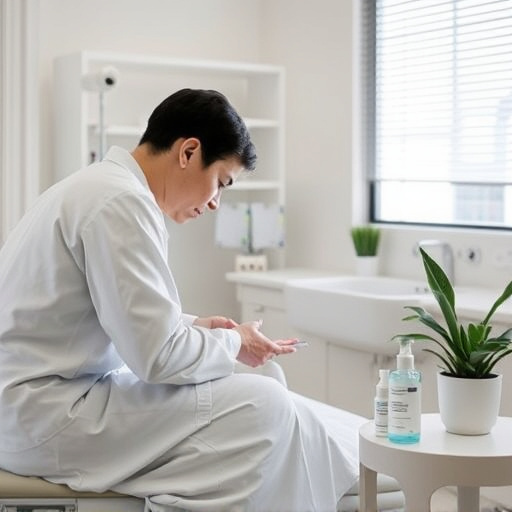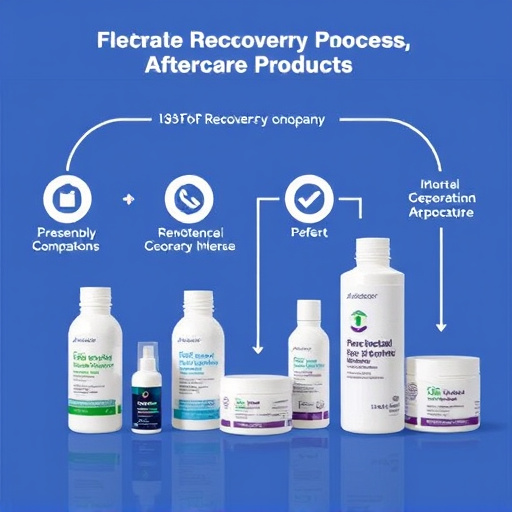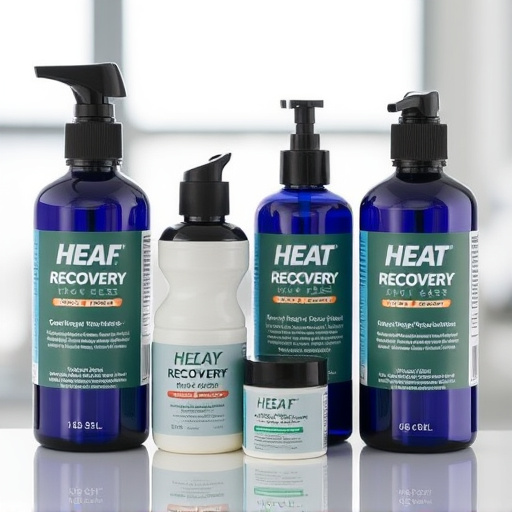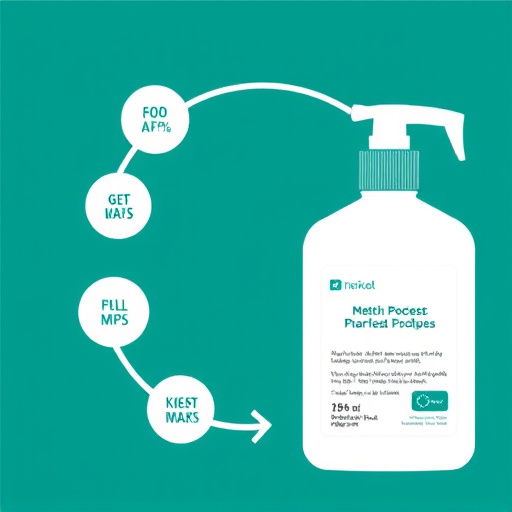Laser hair removal recovery involves managing temporary redness and swelling, with healing typically occurring within a few days. The process is influenced by individual factors such as skin type, hair coarseness, treated area, age, health, and immune system activity. Facial treatments may take longer to heal than body areas like arms or legs. Following post-treatment instructions expedites recovery, leading to smoother skin after the initial 2–14 days of mild irritation. Multiple sessions are necessary for permanent results, each one reducing unwanted hair and improving skin texture.
“Discover the secrets to a successful laser hair removal journey with our comprehensive guide. This article offers an in-depth look at the recovery process, ensuring you’re prepared for every step. From understanding the science behind it to identifying factors that influence healing times, we demystify the process. Learn what to expect during and after the healing phase, enabling you to achieve smooth, long-lasting results. Uncover expert tips to optimize your recovery and embrace a hair-free lifestyle with confidence.”
- Understanding Laser Hair Removal Recovery Process
- Factors Affecting Recovery Time After Laser Hair Removal
- What to Expect During and After the Healing Phase
Understanding Laser Hair Removal Recovery Process
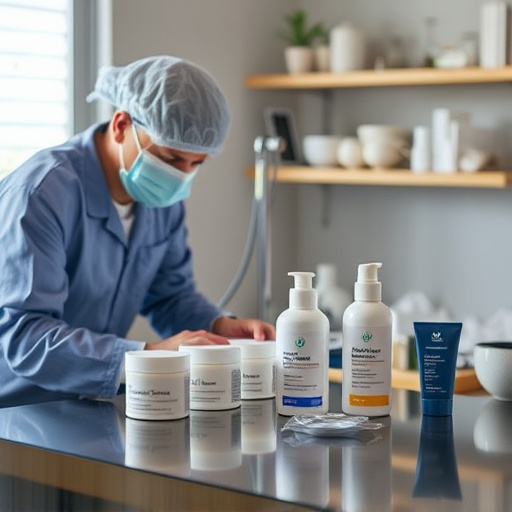
The laser hair removal recovery process is an essential aspect to consider for anyone undergoing this treatment. After the procedure, it’s normal to experience some redness and mild swelling in the treated areas. This is a natural part of the healing process and usually subsides within a few hours to a couple of days. During this time, it’s crucial to follow post-treatment instructions provided by your dermatologist or clinic to ensure optimal recovery.
The laser hair removal recovery time varies depending on individual factors such as skin type, coarseness of hair, and the area being treated. For most people, noticeable results start to appear after a few weeks, with hair growth slowing down and becoming finer. Complete hair removal may take several sessions, spaced a few weeks apart, to achieve lasting results. It’s important to be patient during this time as rushing the recovery process can lead to potential complications.
Factors Affecting Recovery Time After Laser Hair Removal
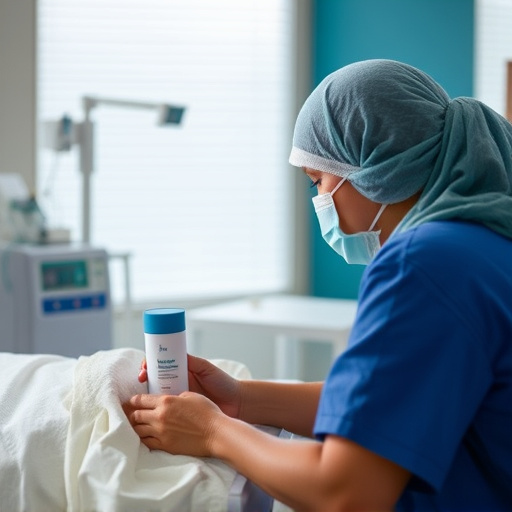
Several factors influence the recovery time after laser hair removal, a crucial aspect to consider for individuals seeking this procedure. One of the primary determinants is skin type and tone; darker skin tones may require more time to heal due to higher melanin content, which can absorb the laser energy differently. The area being treated also plays a significant role; facial treatments might take longer to recover than body areas like arms or legs.
Additionally, individual healing capabilities vary based on age, overall health, and immune system activity. Younger individuals often experience faster recovery, while older patients may take slightly longer. Medical conditions or medications can impact healing time as well, so consulting a dermatologist is essential to understand personal recovery expectations.
What to Expect During and After the Healing Phase
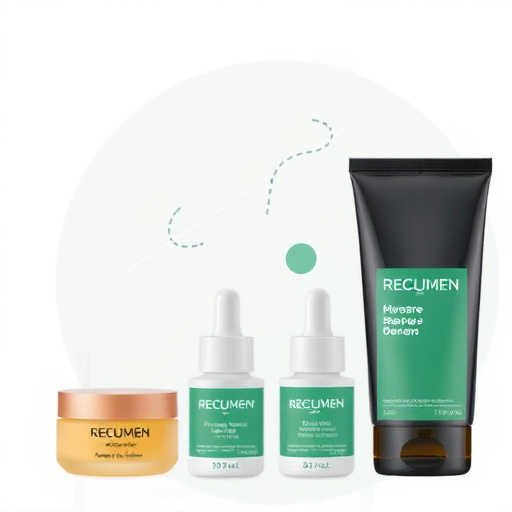
During the healing phase after laser hair removal, it’s common to experience some redness and mild irritation at the treated areas. This is a natural part of the process as your skin adjusts to the procedure. The duration of this initial healing period varies from person to person but typically lasts for a few days to up to two weeks. It’s important to follow post-treatment instructions, including avoiding sun exposure and using recommended skincare products, to expedite recovery and minimize discomfort.
After the initial healing phase, your skin will gradually become smoother as hair growth is inhibited. You may notice that treated areas require less maintenance in terms of shaving or waxing. Laser hair removal isn’t instant, so it’s crucial to be patient as multiple sessions are often needed for permanent results. With each session, you can expect a reduction in unwanted hair, leading to longer-lasting smoothness and a significant improvement in skin texture over time.
Understanding the laser hair removal recovery process is key to achieving optimal results. By recognizing the factors influencing recovery time, such as skin type and treatment area, you can better manage expectations. During the healing phase, it’s crucial to follow aftercare instructions diligently, including applying recommended products and avoiding certain activities. With proper care, most individuals can expect a gradual reduction in hair growth over several weeks, leading to long-lasting, smooth skin. Remember, each person’s journey is unique, but consistent adherence to post-treatment routines will contribute to a successful and satisfying laser hair removal experience.





